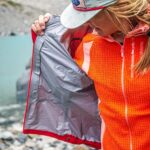Regardless of whether you’re an outdoor enthusiast or you just like to go for a walk in the wilderness every now and then, the type of footwear you put on is extremely important. After all, your feet are the ones that are doing most of the work so taking proper care of them will prevent any possible discomfort and inconvenience in the future. You know those pesky sores you got the last time you went trail running? Or how your feet hurt after wearing camping shoes all day? Yeah, you definitely wouldn’t want to deal with that again.
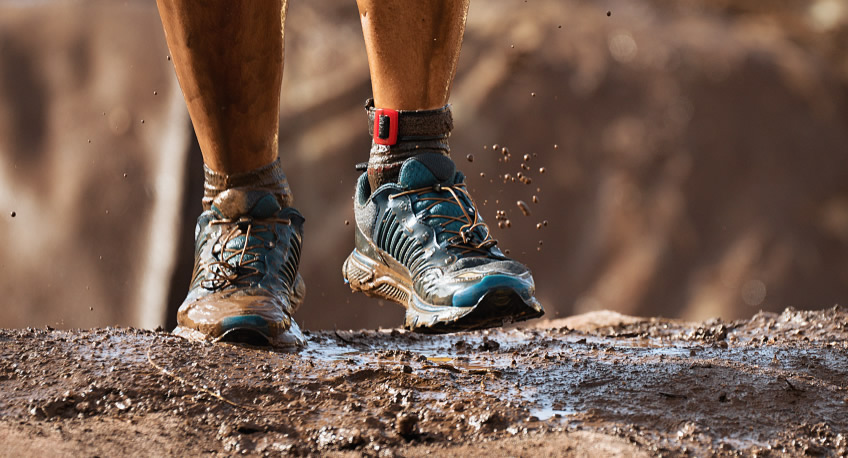
Fortunately, these days shoe design has turned into a literal art form. Each type of shoe is specifically designed to provide the most comfort and support in specialised circumstances. As a result, we have so many options to choose from that we just can’t seem to have enough pairs stored in our closets. You just have to be prepared for everything, you know? Realistically though, the whole thing isn’t rocket science but there still are a few factors that should influence your choice of footwear. And we’re here to tell you exactly what you need to look out for when buying outdoor shoes.
What Are the Different Types of Outdoor Shoes?
While you may notice a whole bunch of designs, shapes and sizes in stores nowadays, there are a handful of core outdoor shoe types that everyone should know about. Let’s look at the basics of each one.
Hiking Shoes
Here, the choice of a shoe depends on the type of hiking terrain you intend to cross. If you find yourself walking along an easy trail without too many bumps along the road, then a light hiking shoe should be enough. On the other hand, if you end up crossing through rough and rigid terrain, then you should definitely invest in a pair of comfy outdoor boots to provide the necessary support. It’s all about adapting to the requirements of the situation.
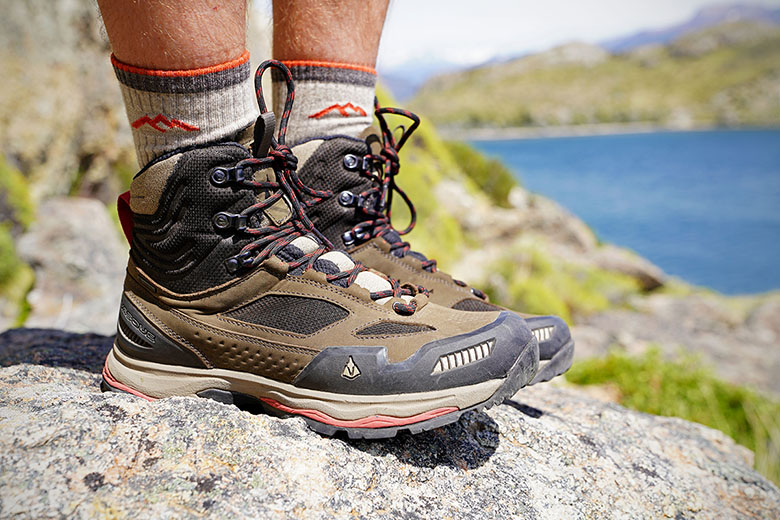
When it comes to outdoor boots, there are different degrees of ankle support available, depending on the boot’s height. If the height is lower, the boot offers less support for your ankle but gives you more ease of movement. This is particularly convenient for more experienced hikers who would surely appreciate the extra freedom to move around as they’d like. On the flip side, for beginner hikers, higher boots may be more appropriate because they can easily contribute to a steady stance on uneven terrain. When you’re just starting out, it can be somewhat difficult to maintain your balance when navigating uncharted territory and higher boots can be of great help in that situation.
Getting the proper outdoor shoes is the key to preventing muscle sprains and injuries. This, in turn, allows you to fully enjoy your time out in nature without limiting your movements. They might feel a little chunky or robust when you first try them on but you’ll get used to them walking around in them in no time.
Trail Running Shoes
These are a little heavier and more buff than your regular running shoes because, well, they need to offer adequate support while you’re running on uneven and oftentimes rocky territory. They come with extra padding as well which will imminently alleviate any discomfort or pressure on your feet. They also have a reinforced toe cap in case you end up stubbing your foot somewhere. And we all know that’s the most painful thing in the world. Ever.
Another great thing about trail running shoes is that they’re quite breathable. Their mesh design allows the air to flow freely in and out of the shoe, keeping your feet dry and cool throughout.
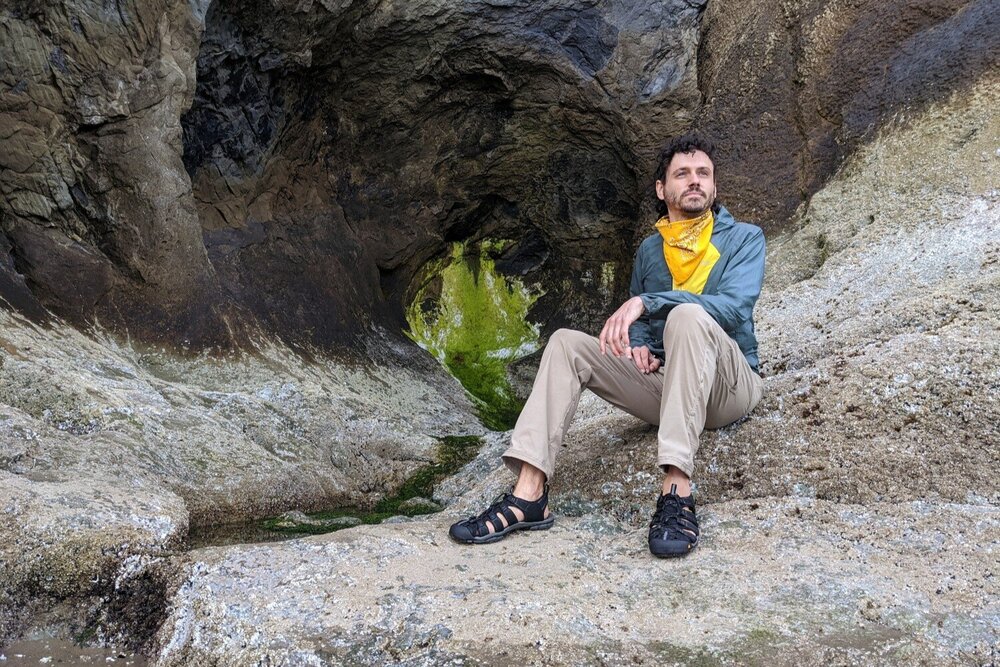
Sandals
Yes, sports sandals are a thing. As unlikely as that may seem. It’s essentially a more robust version of a traditional sandal. They’re a great option for warmer weather conditions because they let your feet breathe unlike any other type of footwear. Their lightweight design makes them appropriate for hiking along easy trails, beach days as well as walks around town.
Key Considerations When Buying Outdoor Shoes
Now that we’ve gone over the main types, let’s have a look at the major factors to take into account when shopping for outdoor shoes.
Getting the Right Fit
Your shoes should feel snug, which means not too tight or too loose. Make sure you try them on with the kind of socks you intend to wear in the wilderness so that you really get the idea of what they feel like. Moreover, it’s a good idea to try them on at the end of the day because that’s when your feet are tired and a little swollen from your daily activities. By doing this, you’ll get a better understanding of which size is more appropriate.
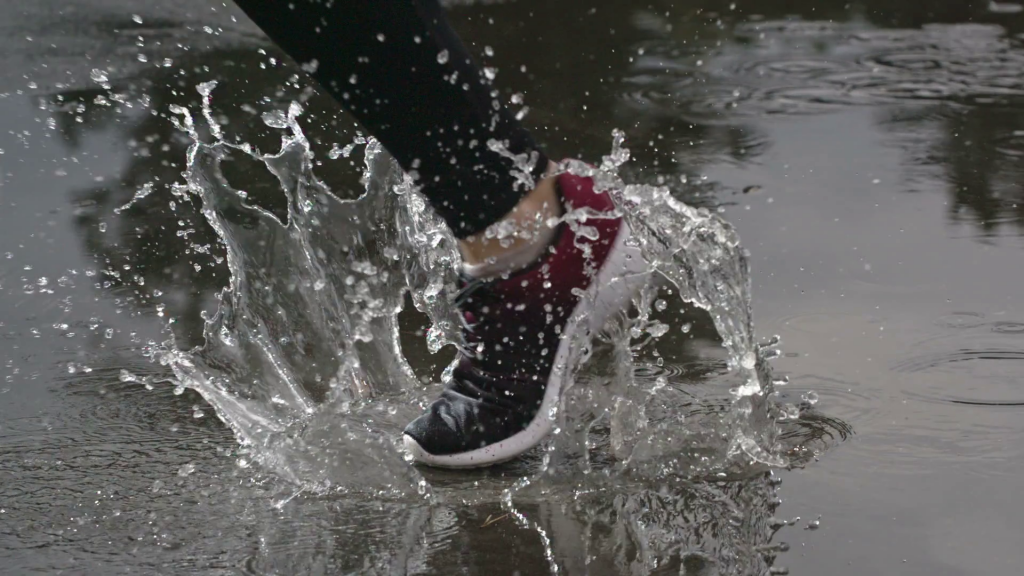
Quality and Durability
It probably goes without saying but most outdoor shoes are inherently more durable since they’re supposed to withstand a variety of weather conditions and terrains. Synthetic materials are more prone to abrasion and damage with extended use whereas leather is more resilient and long-lasting.
Water and Wind Resistance
Your shoes will probably have at least some degree of water and wind resistance. After all, you wouldn’t want your socks to get wet if you end up stumbling into a puddle of water, right? Exactly. No one would. This is why it’s an important factor to keep in mind.



